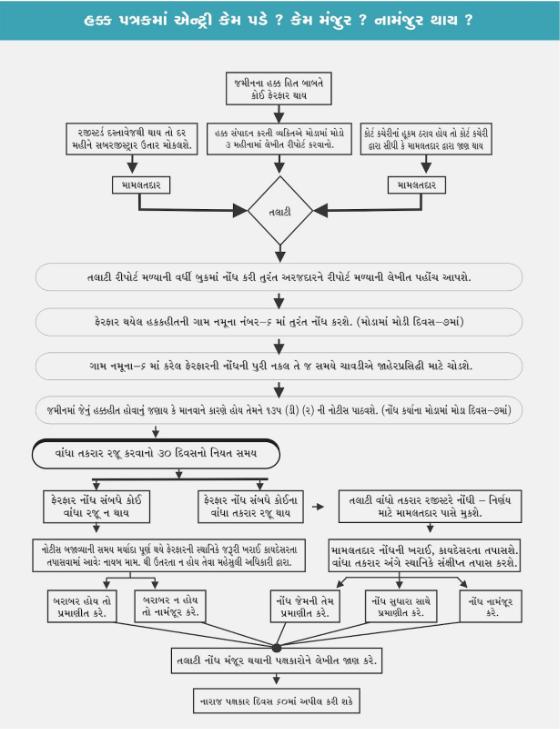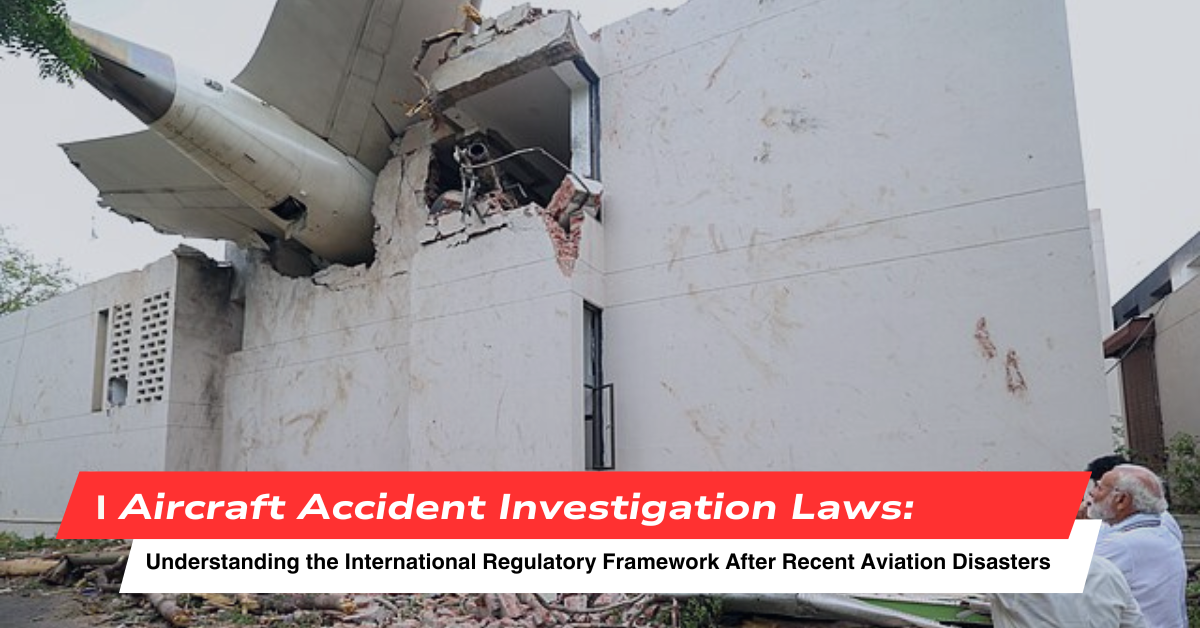Introduction
The process of mutation is a cornerstone in the land revenue administration in Gujarat. It involves the change of title ownership from one person to another when a property is sold or transferred. Village Form No. 6 plays a pivotal role in this process. This article delves into the intricacies of the mutation process, the legal framework surrounding it, and the significance of Section 135D in mutation.

Village Form No. 6 or “HakkPatrak 6” serves as a comprehensive record or ‘horoscope’ of the land, detailing its history and transactions, particularly after India’s independence. It is an essential document for understanding the historical changes and legal status of land in a village. The Mutation Register is a crucial legal document maintained by the local revenue authorities, specifically the Talati or Village Accountant, to record changes in the ownership or tenancy of land. It serves as an official record for all transactions and alterations related to land within a particular jurisdiction.
Role of the Talati
As per the traditional belief, just as Chitragupta keeps a record of good and bad deeds in heaven, the Talati in a village maintains a record of any transactions or changes concerning the land in that village. The Talati is responsible for documenting the history of the land, similar to how Chitragupta records deeds.
Section 135D
Section 135D of the Gujarat Land Revenue Code, 1879, stipulates the conditions and procedures for mutation entries. It serves as a legal guideline for Talatis and other revenue officers in the mutation process. Non-compliance with Section 135D can lead to legal complications and may invalidate the mutation entry.
Detailed Process of Mutation of Entries
- Initiation of Mutation Process: The process starts when there is a change in the ownership or possession of land.
- Verification of Ownership: The Talati verifies the ownership details and the legality of the transaction.
- Entry in Village Form No. 6: After verification, the Talati makes an entry in Village Form No. 6.
- Dispute Resolution: If there is a dispute, it is resolved at this stage.
- Approval by Mamlatdar: The Mamlatdar reviews the mutation entry and approves it.
- Sanction by Collector: In certain cases, the Collector’s sanction may be required.
- Final Mutation Entry: After all approvals, the final entry is made in Village Form No. 6
Types of Transactions Recorded
The Mutation Register includes details of various changes such as sale of land, inheritance, changes due to government orders, loans taken or repaid, and division of land among siblings.
The Register and Serial Numbers
The Mutation Register, formally known as “HakkPatrak-6 Register”, records all entries. Each entry in this register receives a serial number, starting from 1 and going up to 100,000.
Obtain Village Form No. 6 here
Conclusion
Anyone involved in land transactions in Gujarat must understand this process and the role of Village Form No. 6 crucially. It not only ensures legal compliance but also safeguards the rights of the landowner. It is imperative to verify the Mutation Register before purchasing land to ensure that the land is free from any legal disputes or encumbrances. Failure to do so may result in legal complications.













